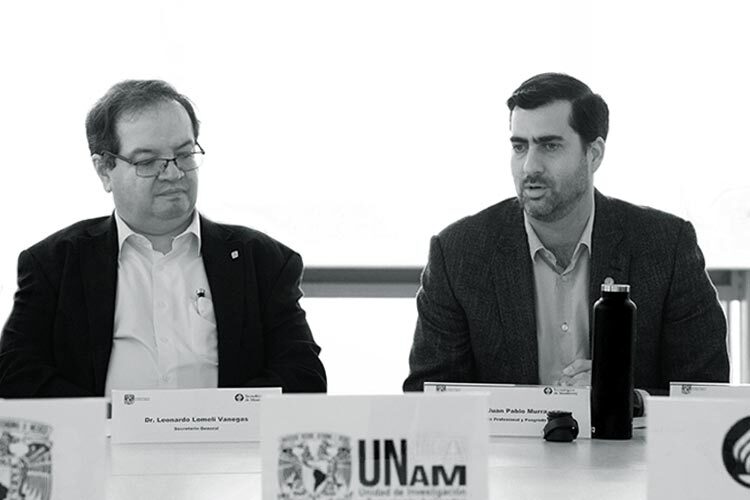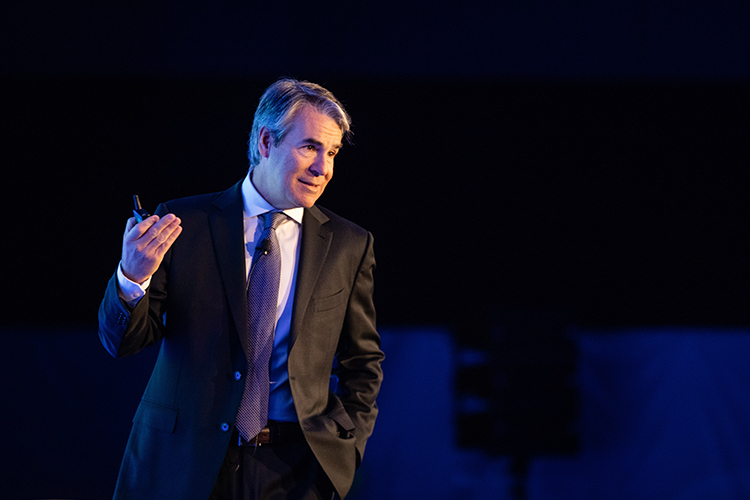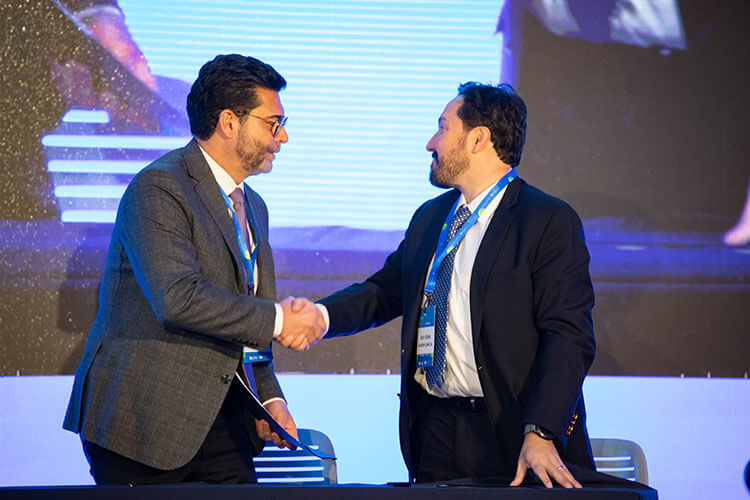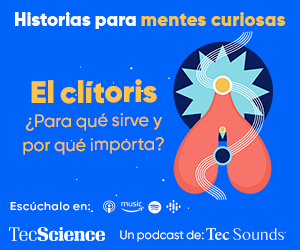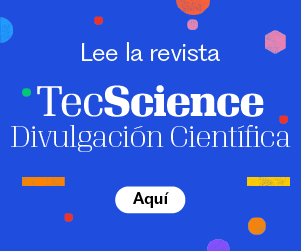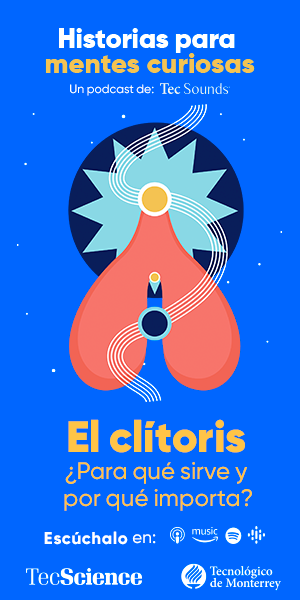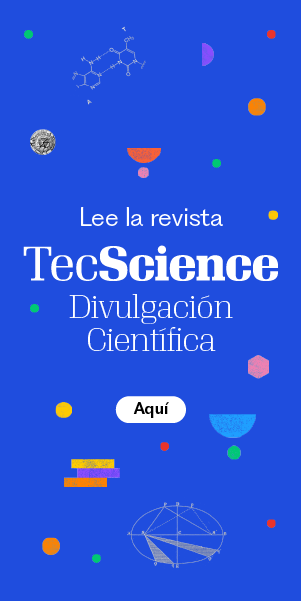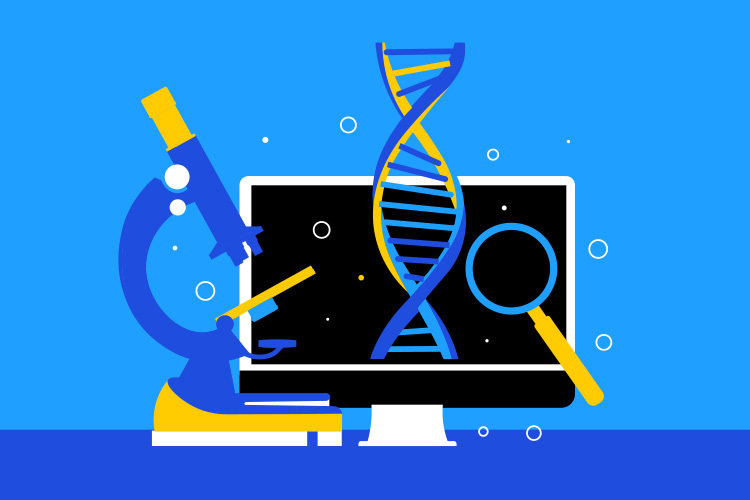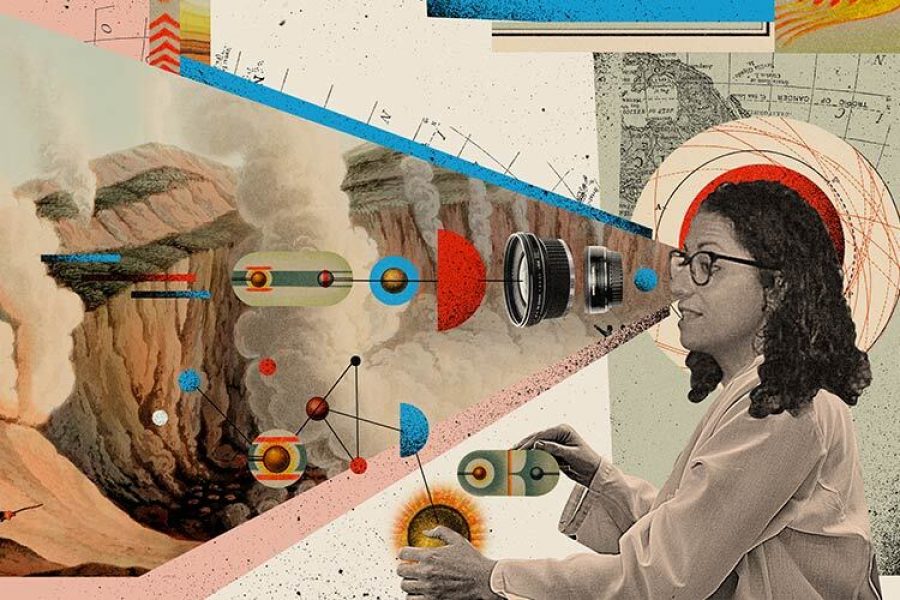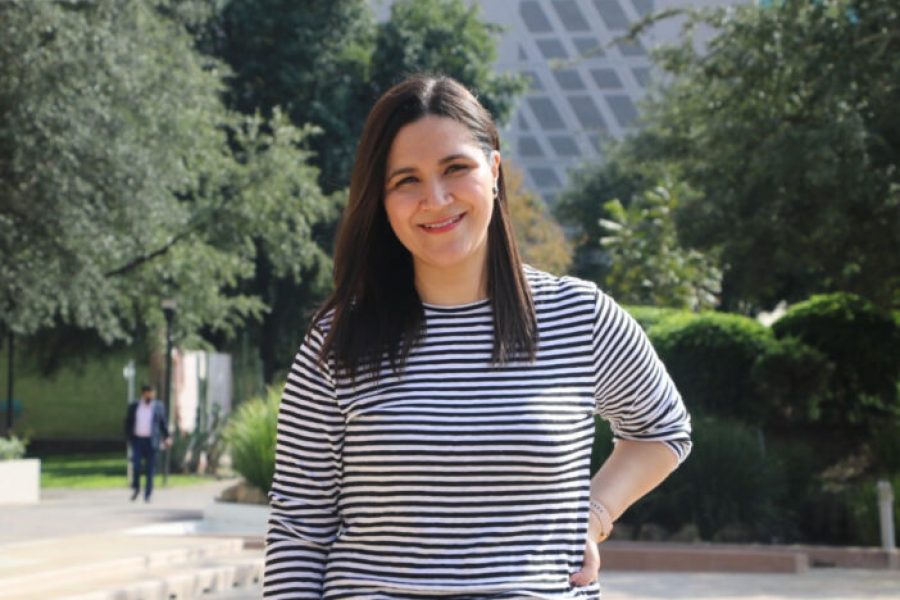In 2021, Tec de Monterrey and the National Autonomous University of Mexico (UNAM), the most important and best-ranked universities in Mexico, established a research partnership to drive research and technological transfer to generate a positive impact on society through the resolution of real challenges.
Two years after creating the UNAM-TEC Consortium, executives from both institutions met to review its progress.
During this period, researchers from both institutions have worked on various topics centered on scientific research and technology transfer, in collaboration with a range of companies.
“We want to strengthen our ties with Tec de Monterrey. As two highly important academic institutions in an increasingly globalized world, we can collaborate more not just within Mexico but also globally,” said Leonardo Lomelí, UNAM Secretary General.
This collaboration includes various initiatives and calls for which Tec and UNAM allocate resources from the initial fund of 20 million (each institution contributed 10 million).
“All of us believe that innovation, research, and science are critical to Mexico’s future. Although we have a long way to go, collaboration is the best way to get there. We are delighted to be working with UNAM, its schools, faculties, and institutes today,” stated Juan Pablo Murra, the Tec’s Rector for Higher Education.
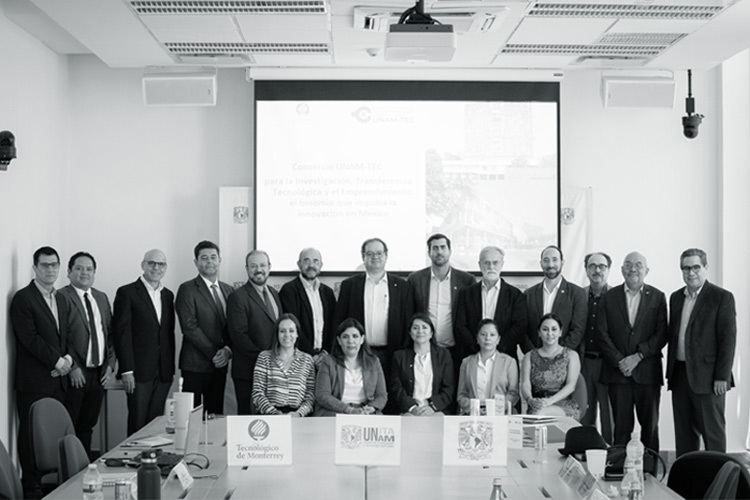
Reviewing the progress of the UNAM-TEC
The Consortium is currently working in three modes.
The first pushes for knowledge and technology as necessary tools for addressing social and industrial concerns.
The second mode promotes high-impact social and economic initiatives established collaboratively by the communities of both universities. These initiatives have progressed to the proof-of-concept stage, with the goal being to develop a minimal viable product with the support of an industry partner, who may become a client for this technology.
The third mode focuses on supporting the market entry of these technical and scientific projects generated by Tec and UNAM researchers via technology transfer.
Executives from both institutions highlight the broad scope of these initiatives as one of the collaboration’s primary successes, resulting in increasingly complete and practical solutions. If pursued independently, this accomplishment would have been more challenging to achieve.
“There were academic groups that were already collaborating and working on joint projects, so we opened the door for them to take these to the next level of technological development. We started issuing calls and forming alliances with industries,” said Jorge Vázquez Ramos, UNAM’s Coordinator of Outreach and Technology Transfer.
Collaboration between the academic and productive sectors was also emphasized, while they accepted the importance of evaluating priority research fields and focusing efforts on critical problems in society.
Although convincing companies to join in and finance these efforts was difficult, certain projects have already been successful and ideas are at different stages of development, ranging from concept testing to prototyping.
Projects supported by this consortium
The majority of the consortium’s initiatives are currently in the first two modes.
Projects such as Micro CNC Machines, micromachining equipment to process metal for industry, are now underway in the first mode of operation due to their cost-effectiveness and versatility. Another project in the process of development is related to the wastewater from the nixtamalization of corn, known as “nejayote.”
Six projects are in the second mode, which includes collaborating duos (at least one researcher from each institution). Citrus Essential Oils and Soluble Fiber, Tumor Cells, and Quantum Optical Coherence Tomography are a few examples of these.
In the third mode, one project at the assessment stage is focused on developing a portable monochromator, an optical instrument that measures light composition.
Open calls for researchers from both Tec and UNAM are also being held in partnership with firms such as CEMEX, FEMSA, Coca-Cola, and BBVA. Furthermore, talks are underway with additional industrial partners such as Xignux, Essity, and Grupo Petroil.
“When industries see us working together, they react positively. They perceive two institutions that can help them discover solutions to their problems. We must continue to foster a culture in which companies recognize that they can find solutions in universities,” said Pedro Castillo, the Tec’s Corporate Relations Director.
The future of the Consortium
The Consortium’s goals concentrate on creating a virtuous loop with four important components.
- Seeking a shift in collaborative culture would be advantageous, fostering cooperation rather than confrontation. This strategy allows researchers and professors from both universities to collaborate freely on problem-solving challenges.
- Cooperation in the fields of innovation, technology, and science to enable collaboration to scale with joint research projects and developments, which is becoming increasingly common.
- Technological development to ensure that the research solutions researched by both institutions move beyond publications and into practical applications.
- Project materialization through technology transfer, a process that requires good procedures and time to accomplish.
“Some professors have already suggested that the only rivalry between the Tec and UNAM should be on the sports field. In the field of science and research, we will continue to collaborate,” Juan Pablo Murra remarked.
